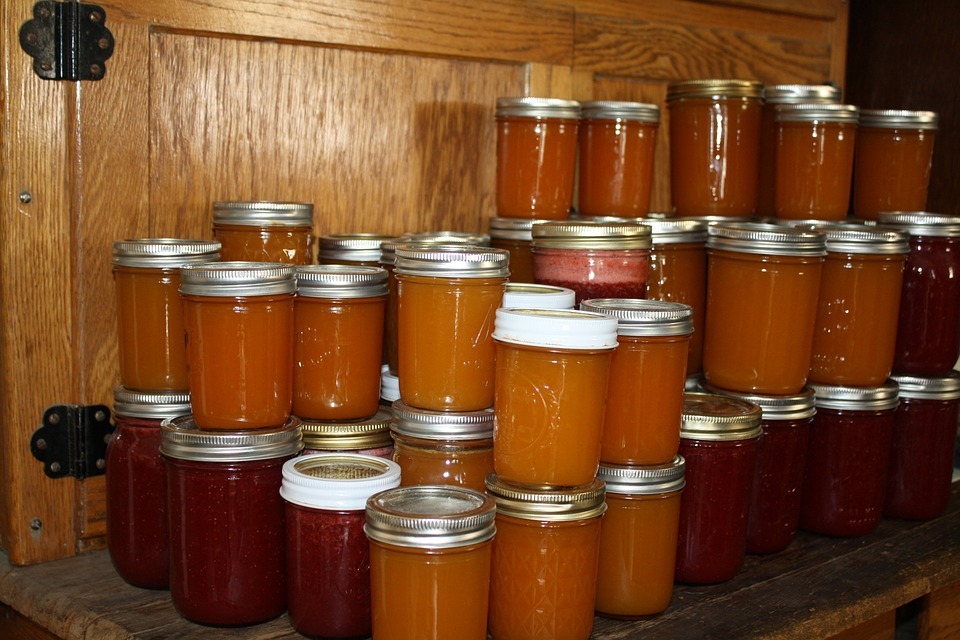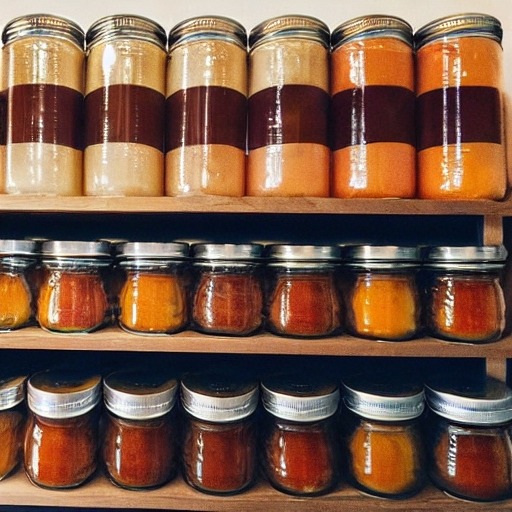Home gardening offers numerous benefits, including access to fresh, nutritious produce. However, one aspect often overlooked is the potential for homegrown fruits and vegetables to serve as a crucial component of an emergency food storage plan. Whether you’re preparing for natural disasters, economic uncertainty, or simply want to reduce food waste, preserving your homegrown produce is a smart and sustainable strategy. In this article, we’ll explore different methods to help you maximize the shelf life of your homegrown bounty and ensure you have nutritious food in times of need.
- Canning
Canning is a time-tested method of preserving fruits and vegetables in airtight containers. The two primary types of canning are water bath canning and pressure canning. Water bath canning is suitable for high-acid foods like tomatoes and fruits, while pressure canning is necessary for low-acid foods like vegetables and meats.

Steps for water bath canning: a. Prepare your produce by washing, peeling, and cutting it as needed. b. Place the prepared produce in sterilized glass jars, leaving the appropriate headspace. c. Add a suitable canning liquid (e.g., water, syrup, or brine) to the jars. d. Seal the jars with lids and process them in a boiling water bath for the recommended time.
- Freezing
Freezing is one of the simplest methods to preserve the flavors and nutritional value of your homegrown produce. Most fruits and vegetables can be frozen successfully, but some may require blanching before freezing to preserve texture and color.
Steps for freezing: a. Wash, peel, and chop your produce into manageable portions. b. Blanch vegetables in boiling water for a short time (usually a few minutes) and then plunge them into an ice bath. c. Pat dry and pack the produce into airtight freezer-safe containers or bags, removing as much air as possible. d. Label containers with the date and type of produce to keep track of freshness.
- Dehydrating

Dehydrating removes moisture from fruits, vegetables, and herbs, which inhibits the growth of microorganisms and helps preserve them for the long term. You can use a dehydrator, an oven, or even the sun for this method.
Steps for dehydrating: a. Wash and prepare your produce by slicing or chopping it into uniform pieces. b. Arrange the pieces on dehydrator trays or oven racks. c. Set the dehydrator or oven to the recommended temperature and allow the produce to dry until it reaches the desired level of crispness. d. Store the dehydrated items in airtight containers in a cool, dark place.
- Fermentation

Fermentation is not only a preservation method but also an excellent way to add probiotics to your diet. Fermented foods like sauerkraut, kimchi, and pickles can be made from homegrown vegetables.
Steps for fermentation: a. Prepare your vegetables by slicing or shredding them and adding salt or a brine solution. b. Pack the vegetables into a clean, airtight container (e.g., a glass jar). c. Allow the mixture to ferment at room temperature for a specified period, usually several days to weeks, depending on the recipe. d. Once the fermentation is complete, store the fermented food in the refrigerator to slow down the process.
Preserving your homegrown produce is not only a sustainable practice but also an essential component of a well-rounded emergency food storage plan. By mastering canning, freezing, dehydrating, and fermentation techniques, you can enjoy your homegrown bounty year-round while ensuring a supply of nutritious food during challenging times. Start building your food preservation skills today, and you’ll be better prepared for whatever the future holds.



